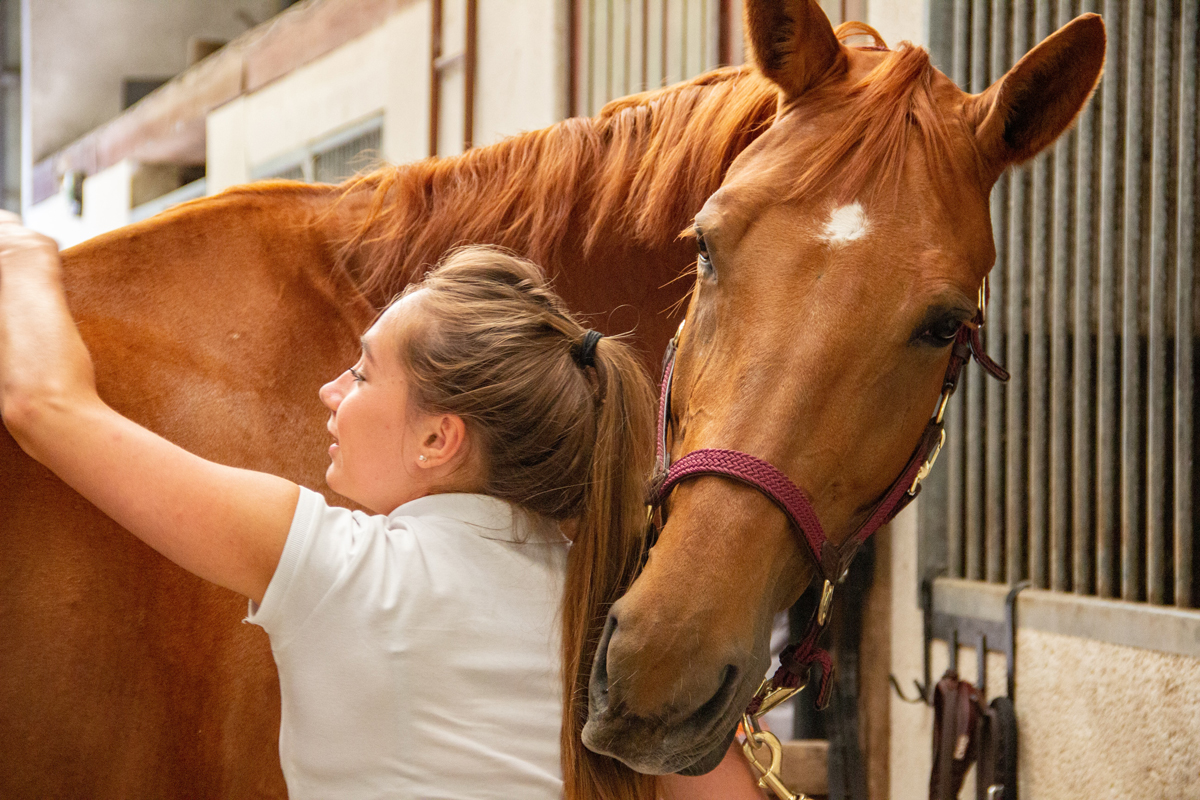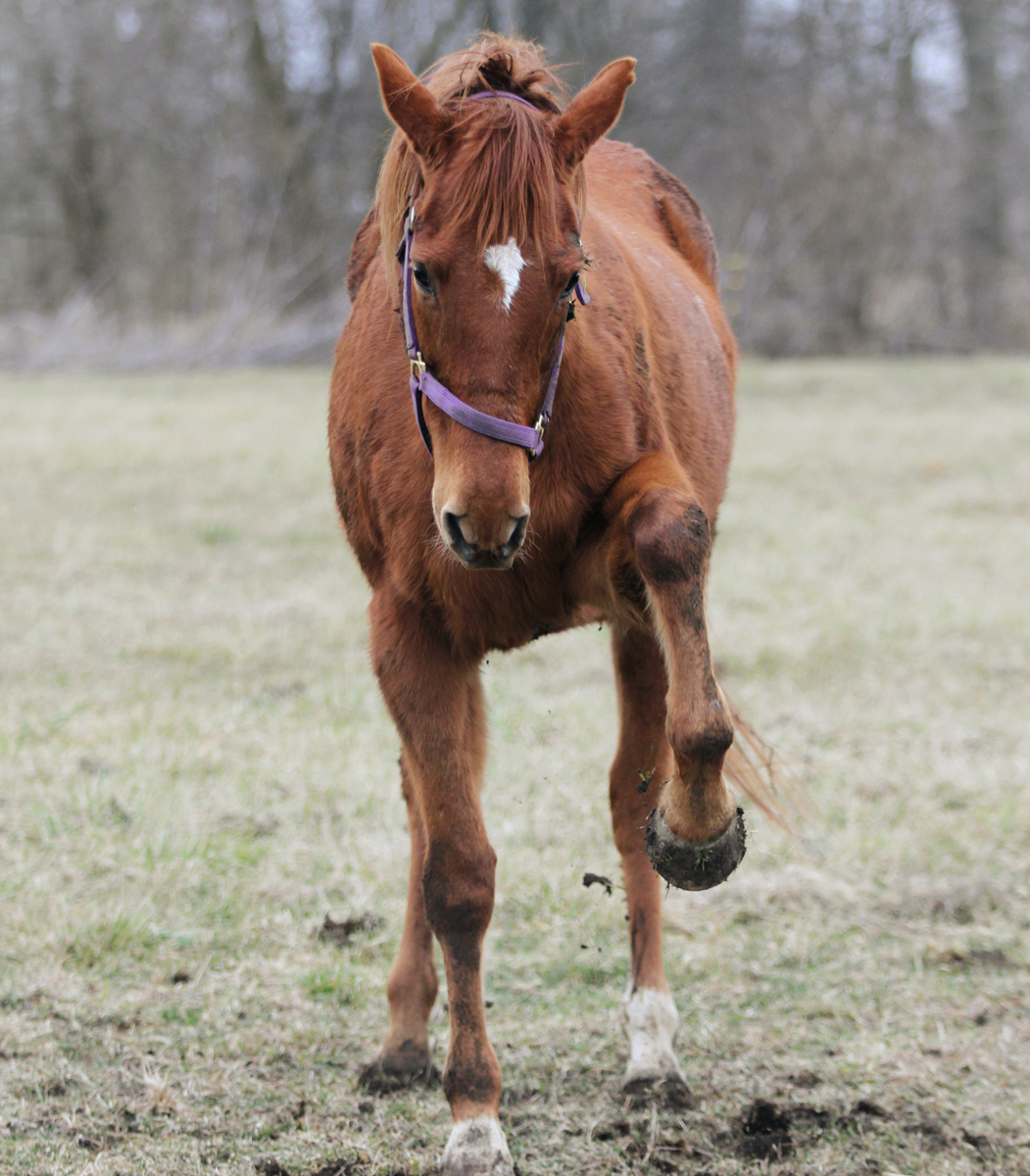Horse-related injuries come in many different shapes and sizes. Some of the most painful both physically as well as emotionally are when you’ve been injured by the horse itself.
While many horse owners have never been seriously injured by their equines, these large and sometimes temperamental animals need to be taken care of with understanding to reduce the risk of injury and accident.
One of the best ways to protect yourself from common mishaps is with horse rider insurance. Our insurance experts understand both the pleasure and the potential pitfalls of riding and can find you coverage to suit.
Here are 7 of the most common ways you can be injured by a horse and the steps you can take to protect yourself.
-
Being stepped on
No matter how calm or peaceful a horse is, they can easily hurt you unintentionally because they’re so large.
Even an experienced horse owner can be slow in getting out of the way and find their toes crushed beneath a wayward hoof.
Bruising, abrasions and fractured bones are common for both feet and even hands if they’re stepped on during hoof care.
If you’re wearing flip flops rather than a pair of sturdy boots then you really only have yourself to blame!

-
Being bitten
In view of the amount of grazing a horse needs to do, those jaws are mighty powerful. Horses tend to only bite to defend themselves or to show irritation.
However, whether it’s by pure accident, a cheeky love bite or something more malign, being bitten by a horse is very painful indeed.
Our equine friends can bite hard enough to break fingers and cause severe cuts and bruises.
Getting to know your horse and their different moods and interpret their body language is a good way to avoid any intentional nibbles.
-
Getting knocked over
Again, owing to a horse’s size and power it’s easy for a rider or handler to get knocked over by a horse at any moment, whether it’s loose, tied or being tied.
Resulting injuries can vary from sprains and bruising to lost teeth and even broken bones.
The more time you spend getting to know your horse the less likely this is to happen, because you will be able to read its body language and anticipate its next move.
-
Being kicked
The primary way the horse itself can seriously injure you is by kicking. A horse’s kick is hugely powerful and can come from either their front or rear hooves.
Usually kicks are accidental where the horse has reacted on instinct and the handler happened to be in the wrong place at the wrong time.
Unfortunately, this is not always the case and horses can strike out intentionally. The kick may not be directed at you however.
Sometimes when riding in a group a horse may try to kick one of their companions, but the rider gets in the way.
Always stay alert to mood changes and keep a safe distance between horses when riding as well as not walking behind a horse you don’t know. Often horses that have been known to kick.

-
Falling from the horse
Another obvious way you can be injured is by falling off your horse – or falling over with it. As a rider falls it is all too common for them to suffer breaks or muscle strains to arms, wrists and collar bones as they try to break their fall.
Serious injuries can also occur if the horse then steps or falls on the rider. With the majority of horse-related head injuries occurring after a fall these can be particularly dangerous and even fatal events.
As well as sturdy boots you should also wear a helmet, safety stirrups, back protectors and gloves for protection.
-
Being dragged by the horse
A particular danger during falls is if a rider gets caught up in tack or the stirrups and then dragged along by the horse.
Strains and abrasions are not the only result as there is a very real danger of being kicked and seriously injured.
To avoid this occurrence, make sure you learn how to fall safely and invest in safety stirrups and proper boots.
-
General strains and sprains
Horse riding uses many different muscles in your body, some of which may have had little use ever before!
The inside thighs and calf muscles are particular areas of complaint. If your back is causing you difficulty you might need to check your riding position or saddle fit.
That said, horse riding is great exercise and the more you do it the stronger you’ll become.

How to handle horses safely
Follow these tips to reduce the hazards when handling horses:
- Wear sturdy hard-toed boots
- Always approach the horse from the front and get their attention before touching them
- Be calm and quiet
- Feed treats from buckets or tubs to save your fingers being nibbled
- Use a quick-release knot when tying so they can be easily freed
- Never stand directly behind a horse
- If cleaning hooves, bend over rather than squatting so you can get out of the way quickly
- When grooming, saddling up, or cleaning your horse's stall, make sure the horse is securely tied up
- While mucking out, it’s always safest if the horse is turned out or moved to another stall
- Never loop reins around your hands or any other body part
- Don’t tie yourself to a horse in any way
What to do if you’ve been injured by a horse:
- Visit your GP or hospital for treatment
- Report the accident to the owner and get an accident form if possible
- If the accident occurs on the road or in a public place, report it to the police
- Record names and details of witnesses
- Contact your horse rider insurance provider
- Take photographs of your injuries
- Take photographs of the accident area and the horse
- Keep a diary of any treatment
- Keep receipts of any financial expenses
Horse rider insurance with Equesure
If you ride horses, then horse rider insurance from Equesure can help ease the financial burden of dealing with medical treatment following an accidentPolicies arranged by Equesure can offer personal dental treatment up to £1,750 and personal accident cover up to £10,000 for juniors and £20,000 for adults.
Request a quote today or give our horse rider insurance team a call – they’ll be happy to talk you through the benefits on offer.






